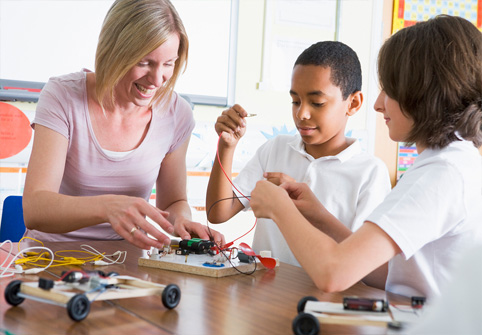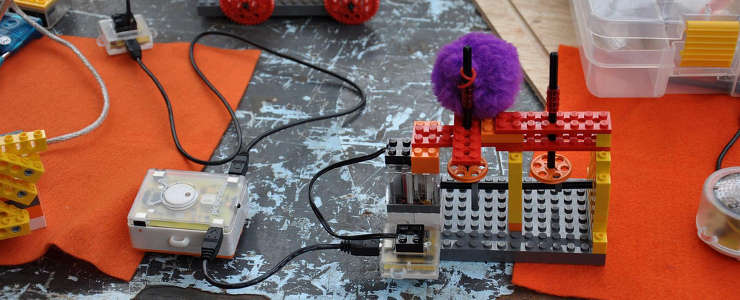This article was first published on O’Reilly Radar on May 15, 2012
Create, disassemble, repurpose! DIY-ers relentlessly void warranties and crack manufacturers’ cases, showing us what is possible when people decide that they, not the vendors, truly own the technology they have purchased. “If you can’t open it, you don’t own it,” the Make Owner’s Manifesto tells us.
This DIY ethic is now seeping into one of the most locked-down social institutions in existence: education. Educators, parents, technologists, students, and others have begun looking at the components, subassemblies, assemblies and specifications of excellent education and are finding ways to improve, reimagine, and reinvent learning at every level. They are inspired by a multiplicity of sources, from neuroscience to gaming, to knock down the barriers to learning that exist for so many young people. In every way, they are looking at the components of teaching and learning, and finding ways to re-create them to be more efficient; more effective; and, critically, more modular. Read more
 In my previous post, I wrote about the school experience I wish for my own children. Today I am going to write about how as a family we have taken advantage of local and distant learning resources that allow us to treat education as a set of “platform services” that we can use to create a customized learning experience for each of our kids. Read more
In my previous post, I wrote about the school experience I wish for my own children. Today I am going to write about how as a family we have taken advantage of local and distant learning resources that allow us to treat education as a set of “platform services” that we can use to create a customized learning experience for each of our kids. Read more






